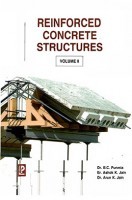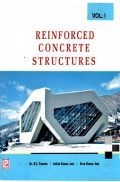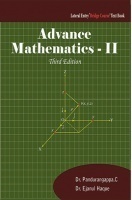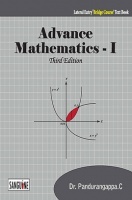Intended as a companion volume to the authors Limit State Design of Reinforced Concrete (published by Prentice-Hall of India), the Second Edition of this comprehensive and systematically organized text builds on the strength of the first edition, continuing to provide a clear and masterly exposition of the fundamentals of the theory of concrete design. The text meets the twin objective of catering to the needs of the postgraduate students of Civil Engineering and the needs of the practising civil engineers as it focuses also on the practices followed by the industry.
This text, along with Limit State Design, covers the entire design practice of revised Code IS456 (2000). In addition, it analyzes the procedures specified in many other BIS codes such as those on winds, earthquakes, and ductile detailing.
Whats New to This Edition
Chapter 18 on Earthquake Forces and Structural Response of framed buildings has been completely revised and updated so as to conform to the latest I.S. Codes 1893 (2002) entitled Criteria for Earthquake Resistant Design of Structures (Part I - Fifth Revision).
Chapters 19 and 21 which too deal with earthquake design have been revised.
A Summary of elementary design of reinforced concrete members is added as Appendix.
Valuable tables and charts are presented to help students and practising designers to arrive at a speedy estimate of the steel requirements in slabs, beams, columns and footings of ordinary buildings.
Distinguishing Features Presents codes of other countries, especially of USA and UK, and these are compared with the Indian Code, thus exposing the reader to international practices.
Gives a large number of worked-out examples to illustrate the theory and to demonstrate their use in practical designs.
Contains a number of typical detailing of reinforced concrete members, which will be of great help in field applications.
Lecture based presentation with each chapter dealing with one lecture topic.
Eminently suitable as a text for postgraduate students, the book can be used. by a judicious choices of topics, also for elective undergraduate courses. The practising engineers too would treasure it as a companion reference because of its practice-oriented approach and field applications.


















